
Blue Zone Diet Recipes & Longevity Tips Guide
We’ve all heard stories of people living to 100, still active, happy, and enjoying life. It might sound rare, but in certain parts of the world, called Blue Zones, it’s actually pretty common. These communities share a simple formula: eat mostly plants, move naturally, stay connected, and live with purpose.
This guide brings together what researchers have learned from these regions, plus some easy blue zone diet recipes and practical tips you can start using right away. The goal is to make small and sustainable changes that can help you feel better and live longer.
Homeopathic Wellness Drops for Daily Balance temporarily support general metabolic well-being and balanced living.
The Science Behind the Blue Zone Diet
So, what’s the real reason people in Blue Zones live such long and healthy lives?
Researchers have been looking at this for years, studying communities where living to 90 or even 100 is common, and not just living long, but staying active and independent well into old age. These people aren’t spending their later years in hospitals; they’re gardening, walking, cooking, and spending time with friends.
The key isn’t one “miracle food” or a strict diet plan. It’s a mix of what they eat, how they live, and the way they connect with others.
Here are some patterns researchers see again and again:
-
Mostly plant-based eating: About 95% of their food comes from plants: beans, greens, whole grains, nuts, and seasonal fruits and vegetables.
-
Daily natural movement: They don’t “work out” in the modern sense. They stay active through walking, gardening, cooking, and other daily tasks.
-
Strong social bonds: Friends, family, and community are part of daily life. People regularly eat together, work together, and support each other.
-
Stress management: No matter if it’s prayer, afternoon naps, time in nature, or quiet reflection, they have routines that help them slow down and recharge.
-
Sense of purpose: Many know exactly why they get up in the morning, and that sense of meaning keeps them engaged and motivated.
-
Moderation in food and drink: They eat until they’re satisfied but not overly full, and if alcohol is part of their culture, it’s enjoyed in small amounts and with company.
BIO24 temporarily supports your energy, ability to cope with stress, physical health, immune system, and ability to remain alert, fresh, and calm all day. It also temporarily supports your body's ability to manage, absorb, and use nutrients.
Science backs it up: this combination of plant-rich food, regular movement, emotional connection, stress relief, and purpose is linked to lower rates of chronic disease, better mental health, and a longer, more active life.
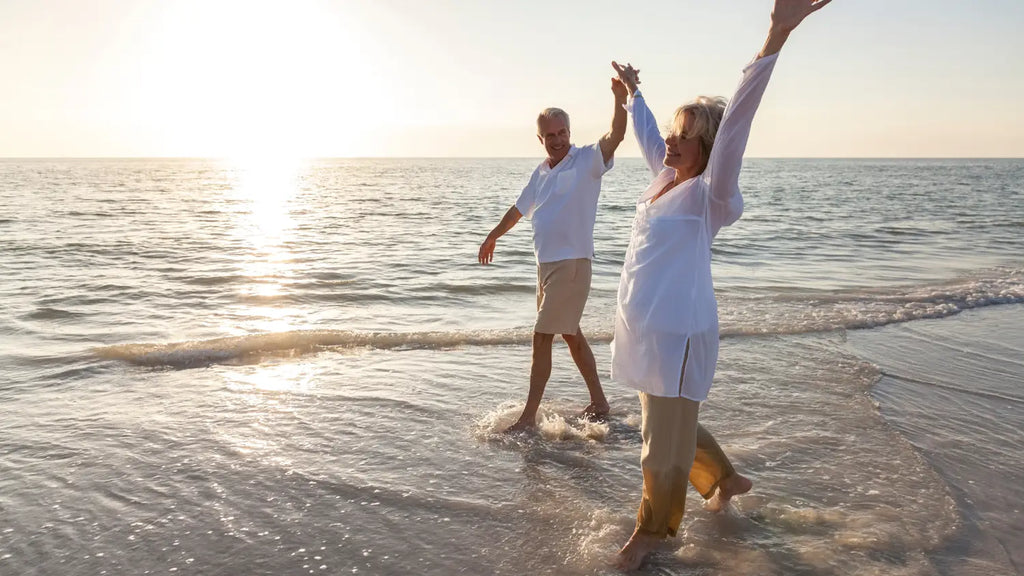
The Five Blue Zones Around the World
Now, let’s look at the actual places where people are putting this into practice every day. These are the five regions officially recognized as Blue Zones:
1. Okinawa, Japan
People here follow the “Hara Hachi Bu” rule: eating until they’re about 80% full. Meals often include sweet potatoes, tofu, vegetables, and seaweed. They also maintain close social circles, which are just as important for their health as the food they eat.
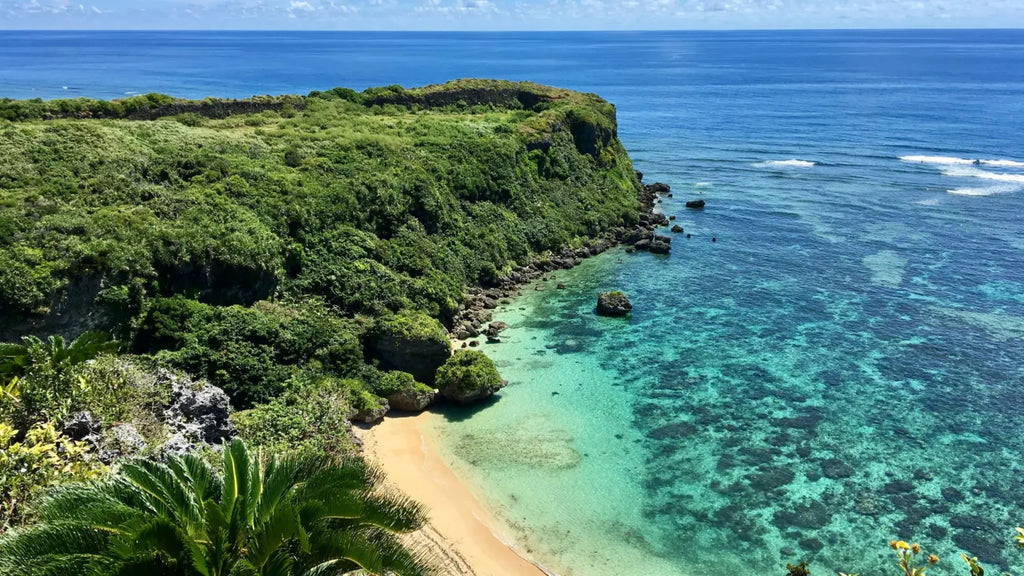
2. Sardinia, Italy
In the mountain villages of Sardinia, people eat plenty of whole grains, beans, vegetables, and a little sheep’s milk cheese. Walking up and down hills daily keeps them active, and sharing a glass of red wine with friends is part of the culture.
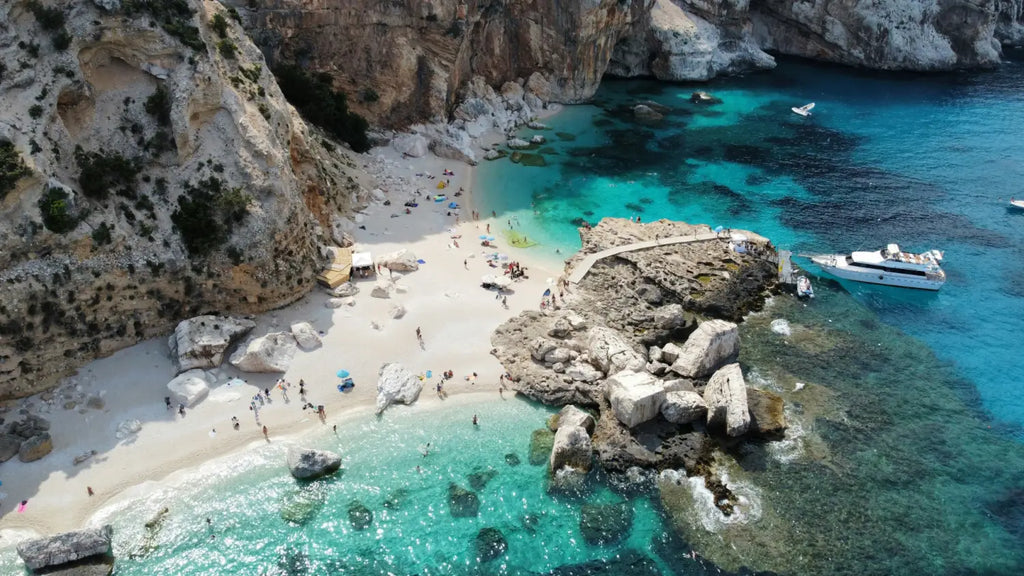
3. Nicoya Peninsula, Costa Rica
Life here moves at a slower pace. Meals often feature black beans, squash, corn tortillas, and fresh fruit. The local water is naturally rich in minerals, and most people stay active well into old age. Many also have a strong sense of purpose, which they call plan de vida.
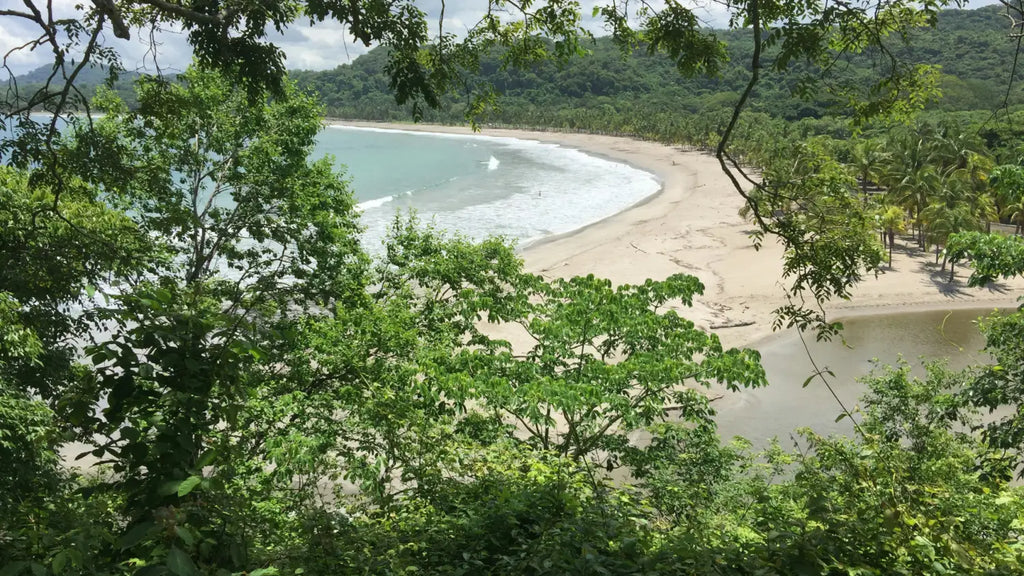
4. Loma Linda, California, USA
Many people here are part of the Seventh-day Adventist community, which encourages a mostly vegetarian diet. They avoid alcohol and smoking, focus on rest, and set aside one day a week for complete relaxation.
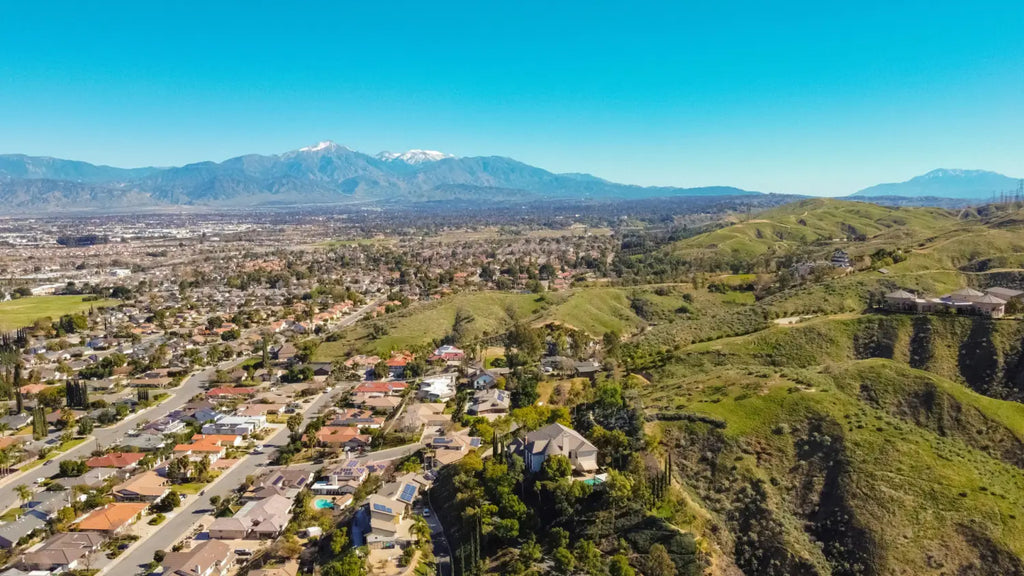
5. Icaria, Greece
Known as the island where “people forget to die,” Icaria is home to a Mediterranean-style diet rich in vegetables, beans, olive oil, and herbal teas. Daily social interaction and afternoon naps are a normal part of life.

Key Principles of the Blue Zone Diet
You don’t have to move to a Blue Zone to eat like you live in one. The good news is, their eating habits are simple, realistic, and can work almost anywhere. Here are the main principles that show up again and again in these long-living communities:
Mostly plants (The 95% rule)
Around 95% of their diet is plant-based: vegetables, fruits, beans, whole grains, nuts, and seeds. Meat, when eaten, is more of a side than the main event.
Whole, unprocessed foods
They eat food close to its natural state, not factory-made snacks or instant meals.
Healthy fats
Olive oil, nuts, and seeds are common. These fats are linked to heart health and are a big part of the Mediterranean and other Blue Zone diets.
Less meat, more quality
If they do eat meat, it’s usually small amounts of lean meat or fish a few times a month, often from local sources.
The 80% rule
In Okinawa, they practice “Hara Hachi Bu”: stopping when they feel about 80% full. It’s a simple way to avoid overeating.
Natural hydration
Water is the main drink, along with tea or coffee.
Herbal teas are especially common. In Ikaria, Greece, people often drink rosemary, sage, or wild mint tea, which are rich in antioxidants and may help lower inflammation and support heart health. In Okinawa, Japan, green tea is popular for its high levels of catechins, which are linked to better brain function and lower risk of some diseases.
In some places, a glass of red wine with meals is common, but always in moderation.
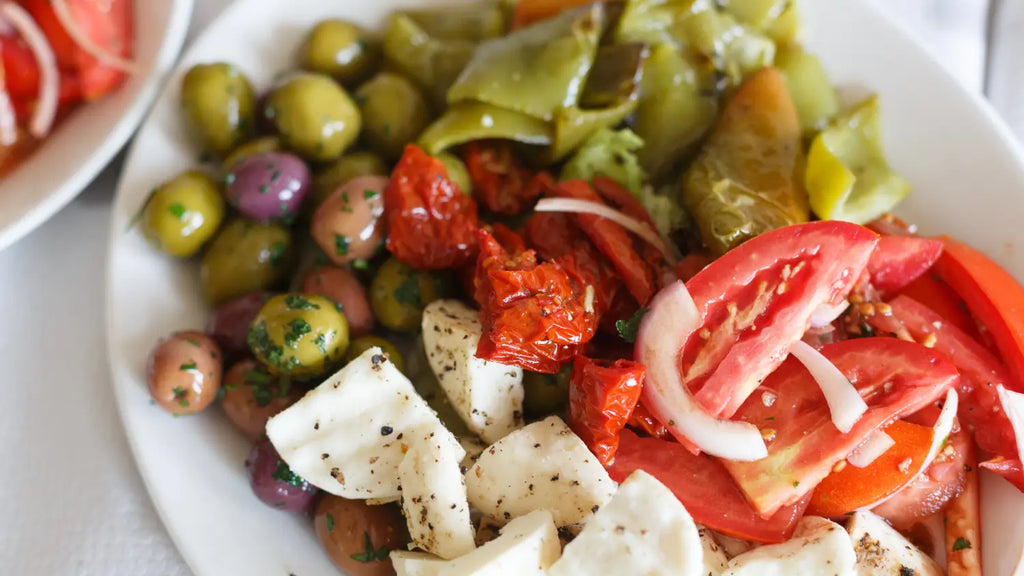
Blue Zone Pantry Essentials
If you want to bring some Blue Zone habits into your own kitchen, it helps to stock up on the basics they rely on. Here’s what you’ll usually find in a Blue Zone-style pantry:
Legumes & beans
Black beans, lentils, chickpeas, soybeans: these are affordable, filling, and packed with protein and fiber.
Whole grains
Brown rice, oats, barley, whole wheat, and cornmeal are common staples. They give long-lasting energy and keep you full.
Fresh vegetables & fruits
From leafy greens to sweet potatoes, fresh produce is at the center of almost every meal. Seasonal and local is best when possible.
Nuts & seeds
Just a small handful of almonds, walnuts, or sunflower seeds makes a healthy snack and provides good fats for the heart.
Herbs & spices
Garlic, rosemary, oregano, turmeric, and fresh herbs add flavor without relying on too much salt or sugar.
Healthy oils
Olive oil is the go-to in many Blue Zones, but other unrefined oils from nuts and seeds are also used.
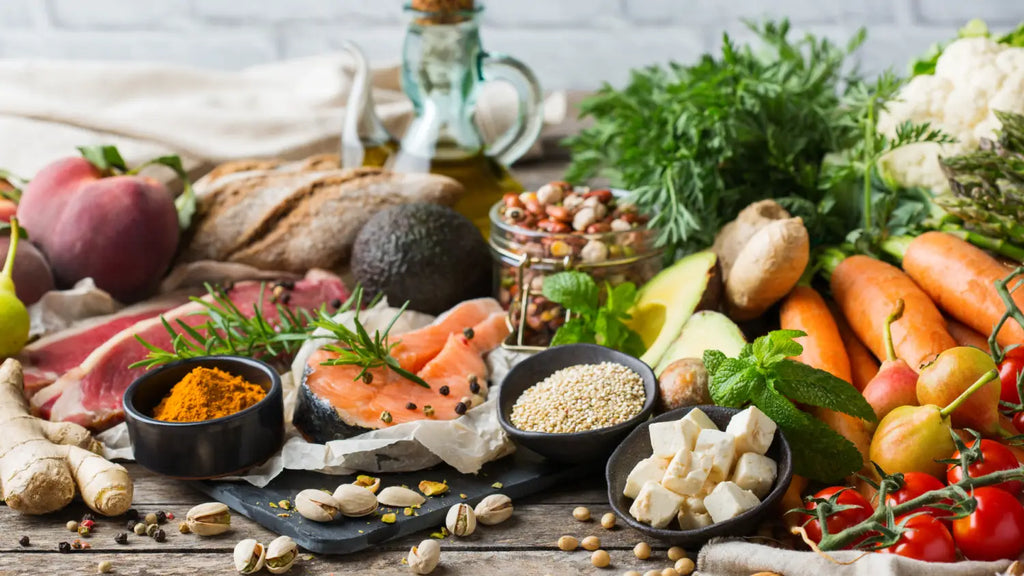
Blue Zone-Inspired Recipes
One of the nicest things about the Blue Zone way of eating is that it’s simple, tasty, and doesn’t require fancy ingredients. These meals are built around plants, beans, whole grains, and fresh flavors. Basically, the kind of food you can make at home without spending hours in the kitchen.
Here are some ideas of blue zone diet recipes to get you started:
Breakfast
-
Okinawan Sweet Potato Bowl: Steamed sweet potatoes topped with a sprinkle of cinnamon, a drizzle of honey, and a handful of chopped nuts.
-
Sardinian Barley Porridge: Cooked barley with almond milk, raisins, and a dash of cinnamon for a hearty start to the day.
Lunch
-
Greek Lentil Soup (Fakes): Lentils simmered with onions, carrots, tomatoes, olive oil, and herbs. Serve with a slice of whole-grain bread.
-
Nicoya Black Bean & Corn Salad: Black beans, corn, red onion, cilantro, and lime juice tossed together for a fresh, filling meal.
Dinner
-
Mediterranean Vegetable Stew: Tomatoes, zucchini, eggplant, and chickpeas slowly cooked with olive oil and herbs.
-
Sardinian Minestrone: A rich soup with beans, vegetables, whole-grain pasta, and olive oil.
Snacks & Desserts
-
Roasted Chickpeas: Chickpeas tossed with olive oil and spices, roasted until crispy.
-
Fruit & Nut Energy Bites: Blended dates, nuts, and seeds rolled into small bites for a quick, healthy treat.
These aren’t strict “recipes” you have to follow to the letter. The Blue Zone approach is about using what’s fresh, seasonal, and available to you.
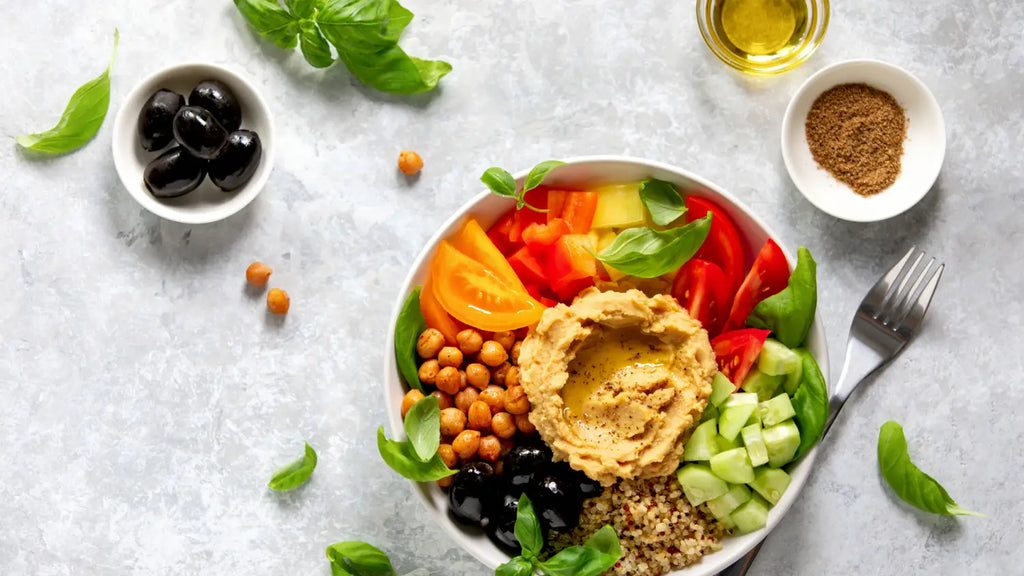
Longevity Lifestyle Tips
Food is a big part of the Blue Zone secret, but it’s not the whole picture. How you live day-to-day matters just as much as what’s on your plate.
Here are a few lifestyle habits these long-living communities share:
Move naturally
They don’t run marathons or spend hours in the gym; their daily lives naturally keep them active. Walking, gardening, cooking, and doing chores all count.
Stay connected
Strong social ties are a huge part of their well-being. Spending time with family, friends, and neighbors isn’t just nice but good for your health.
Manage stress
Blue Zone communities have simple ways to relax: afternoon naps, prayer, quiet reflection, or spending time in nature.
Instant Calm Formula with Lavender (2 bottles) is a roll-on, easily portable remedy that temporarily relieves stress and nervousness. It also temporarily supports emotional resilience.
Have a purpose
Knowing why you get up in the morning is linked to living longer. This can be caring for family, a hobby you love, contributing to your community, or something else.
Rest well
Good sleep is a priority. Some take short naps during the day, while others simply protect their nighttime rest by keeping routines calm and consistent.
Homeopathic Drops for Restful Nights temporarily support calm and restful sleep.
When you put these habits together with the Blue Zone diet, you’re building a way of life that supports health and happiness for the long run.
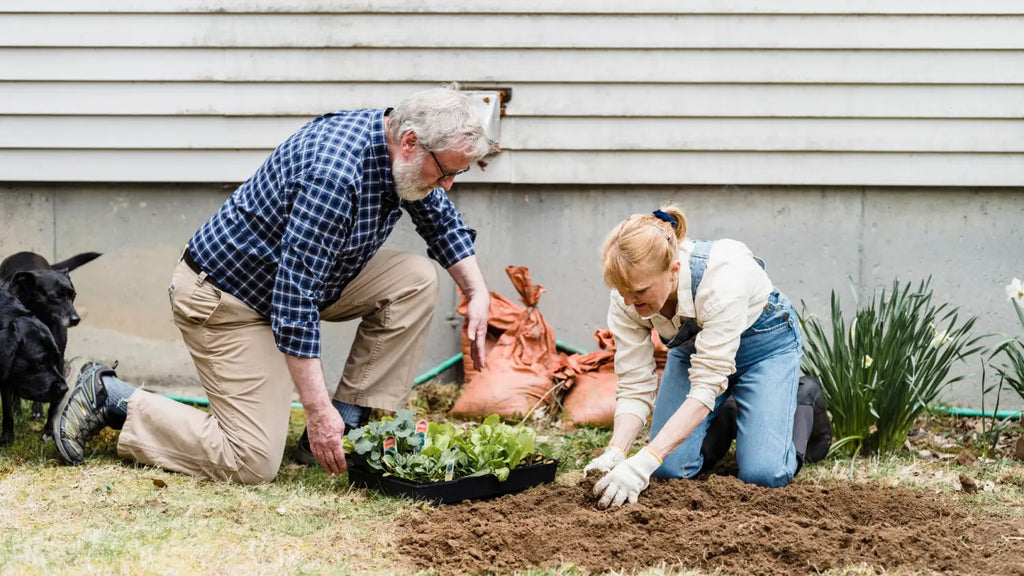
How to Transition to a Blue Zone Lifestyle
Changing the way you eat and live doesn’t happen overnight. In fact, in the Blue Zones, people don’t think of it as “going on a diet”; it’s just the way they’ve always lived. The key is to start small, make changes you can stick with, and let those habits build over time.
Here’s how you can ease into it:
Start with small swaps
You don’t need to overhaul your whole kitchen in one day. Try swapping one or two meals a week for plant-based options. Replace white rice with brown rice or barley, or switch from sugary snacks to nuts and fresh fruit.
Focus on one meal at a time
Breakfast is often the easiest place to start: oatmeal with nuts, a smoothie with spinach and berries, or a veggie omelet. Once you’re comfortable, add more Blue Zone-style lunches and dinners.
Plan ahead
Blue Zone cooking is simple, but it still helps to plan. Keep beans, whole grains, and frozen or fresh veggies stocked so you can throw together healthy meals quickly.
Make it social
In Blue Zones, eating is often a shared experience. Invite friends over for a home-cooked meal or have a family dinner with everyone around the table: no phones, no TV, just good food and conversation.
Move more, naturally
You don’t have to start a big workout program. Walk more. Take the stairs. Do your own gardening. Build activity into your daily routine so it doesn’t feel like “exercise,” it’s just life.
Be patient with yourself
Building habits that last takes time. Remember that small, consistent changes add up to a big difference over time.
The beauty of the Blue Zone approach is that it’s not extreme. You can start wherever you are, make gradual changes, and still feel the benefits: more energy, better mood, and a healthier body as you go.
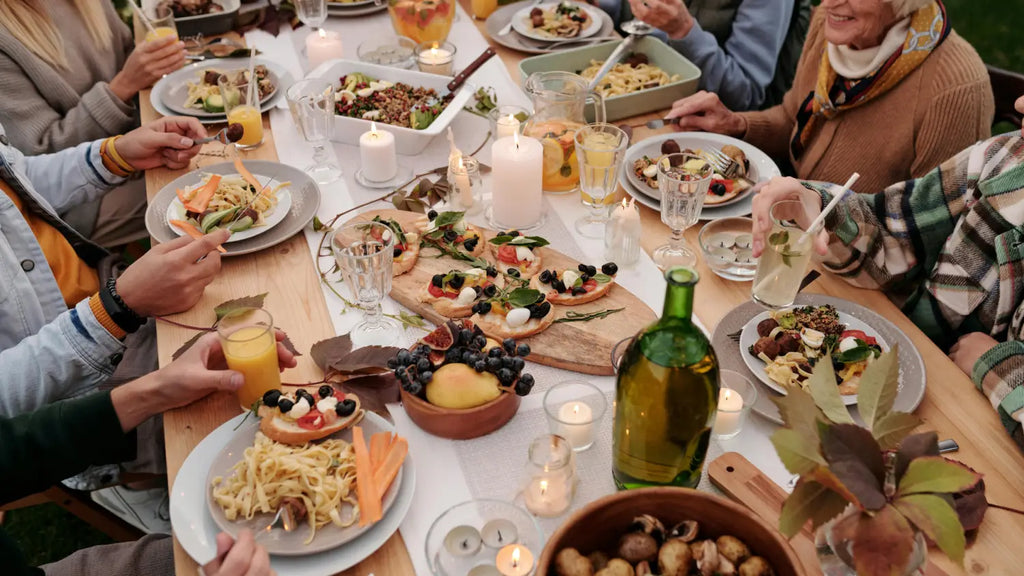
The Bottom Line
The Blue Zone lifestyle is built on good food, strong relationships, daily movement, and a sense of purpose. The beauty of it is that you don’t need to move across the world to benefit from it. You can bring a little bit of the Blue Zones into your own life, one habit at a time.
Start small, keep it simple, and stay consistent. Over time, those small changes can add up to more energy, better health, and maybe even a few extra years to enjoy the things and people you love most.
There’s also a very good documentary with more info on the blue zones if you are interested! You can watch it here.



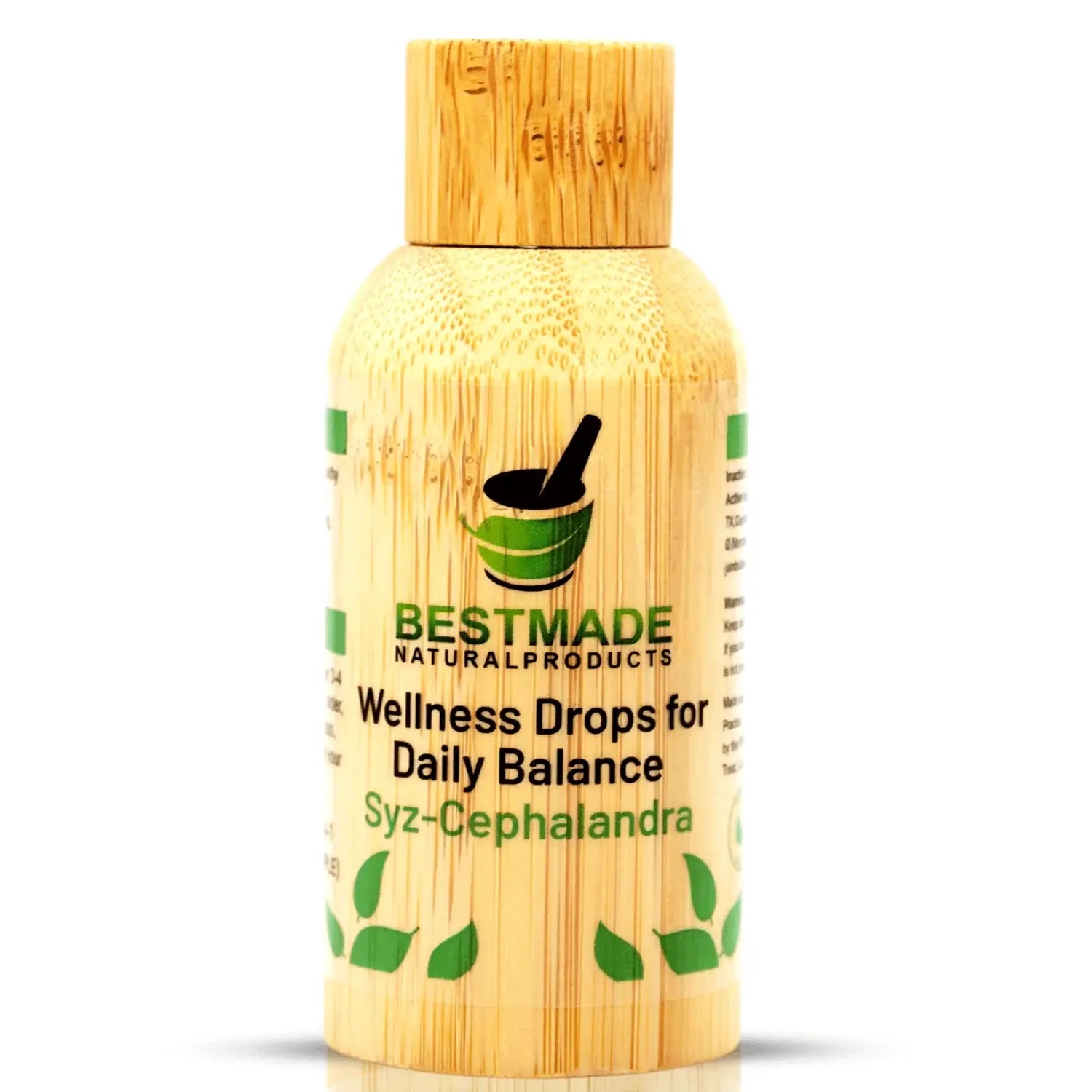

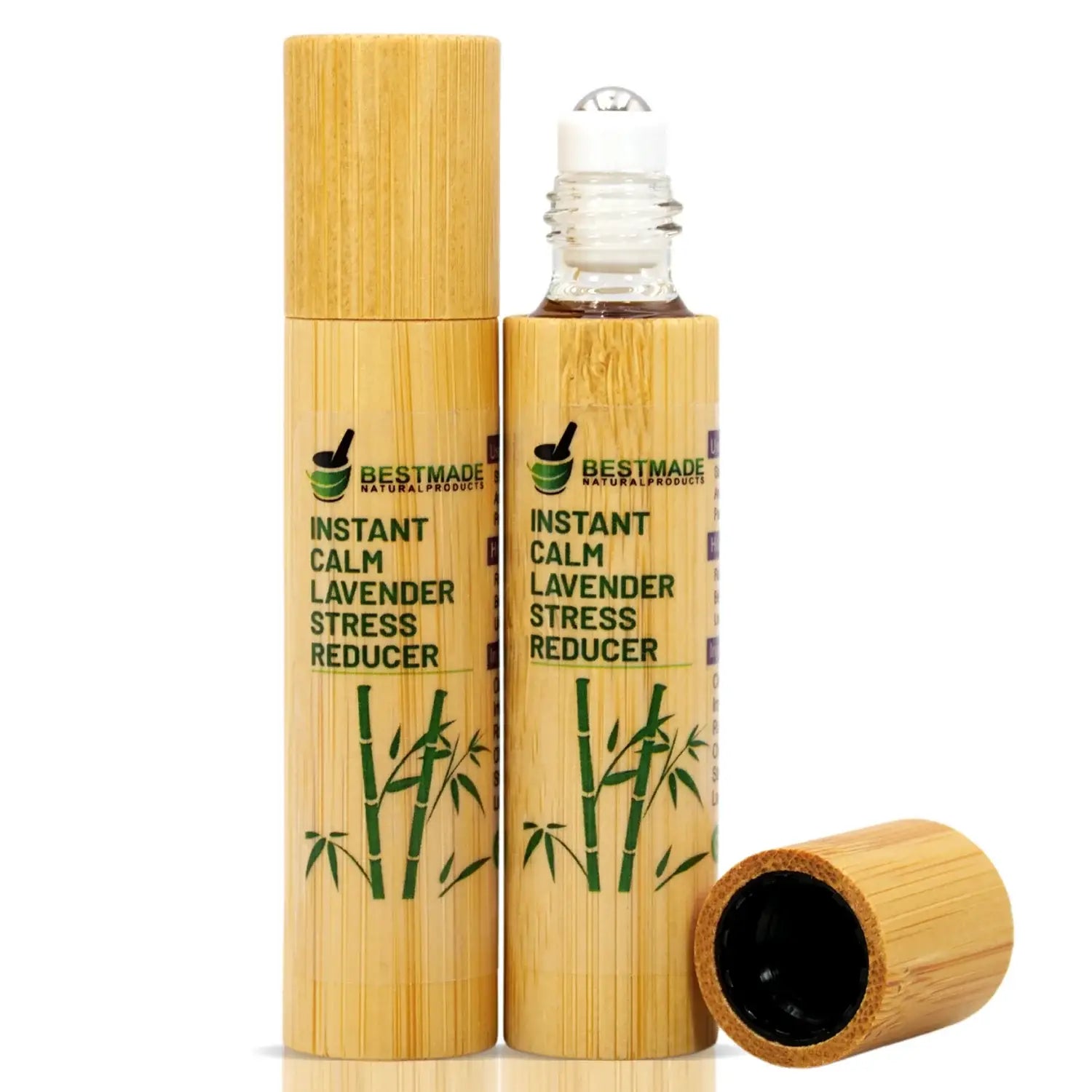

Leave a comment